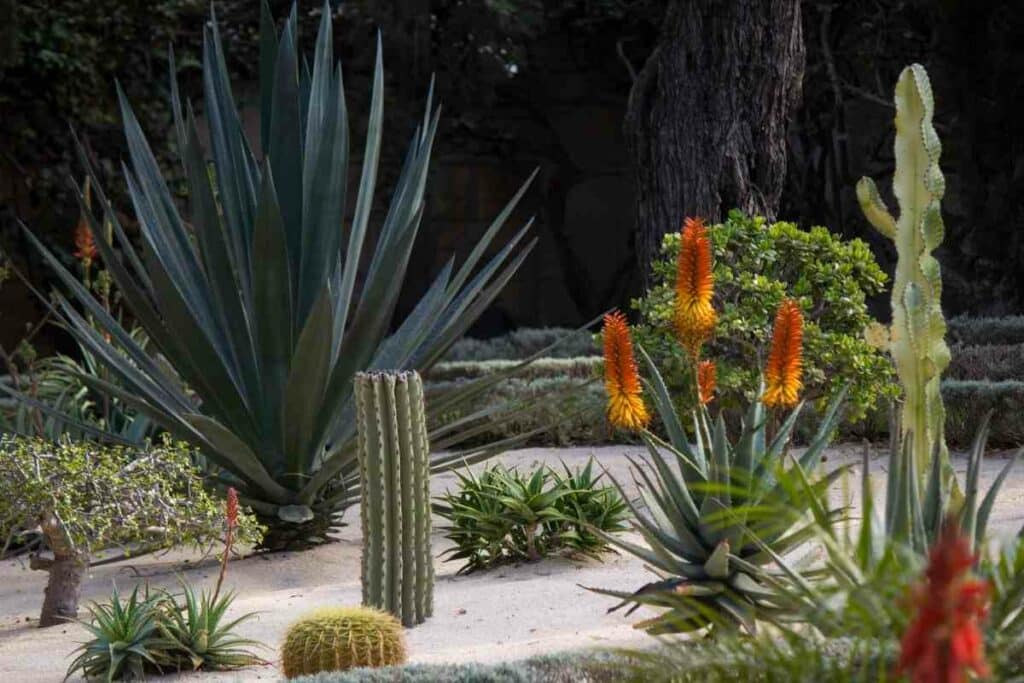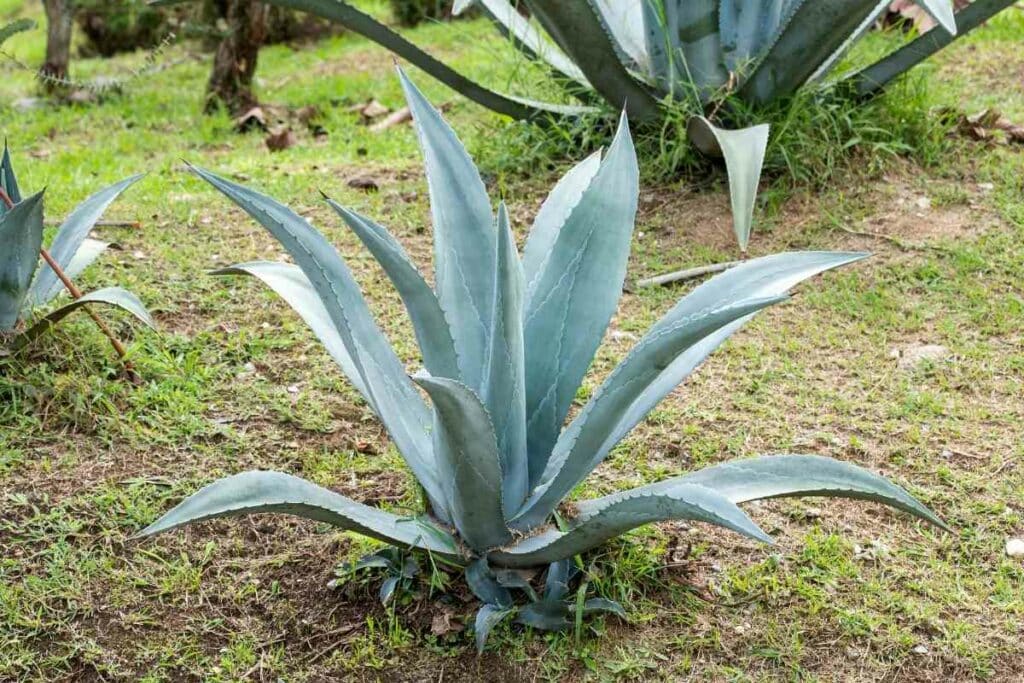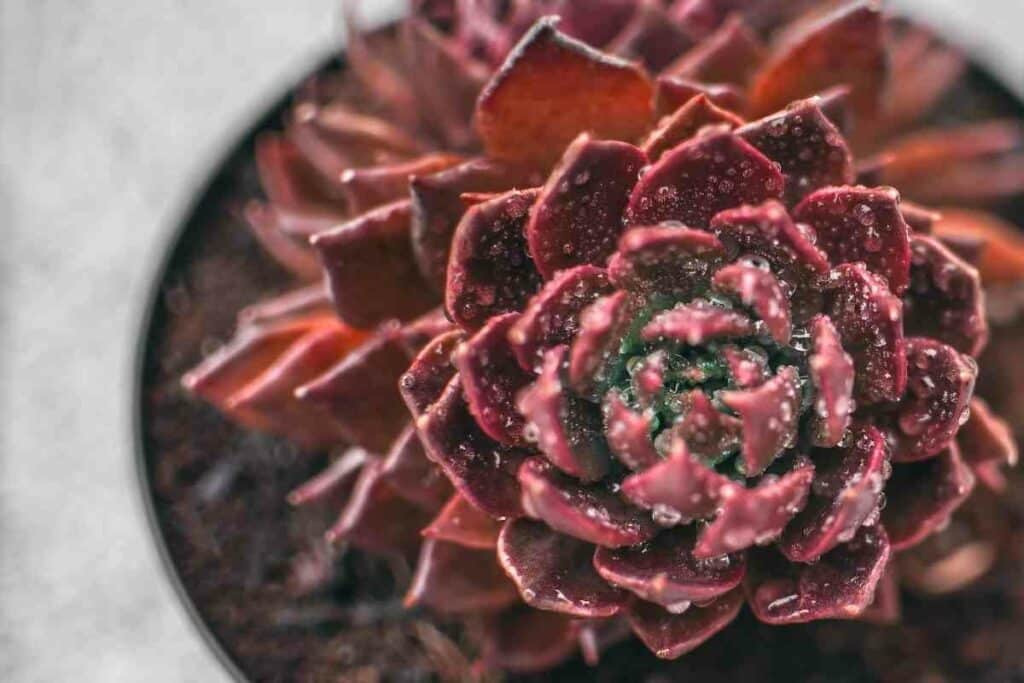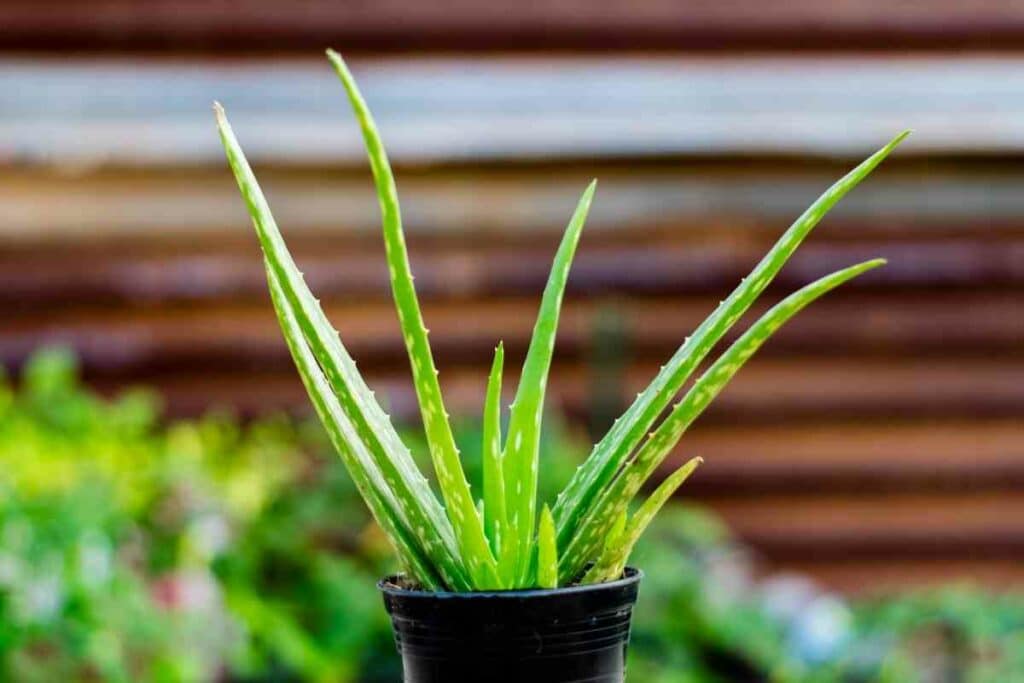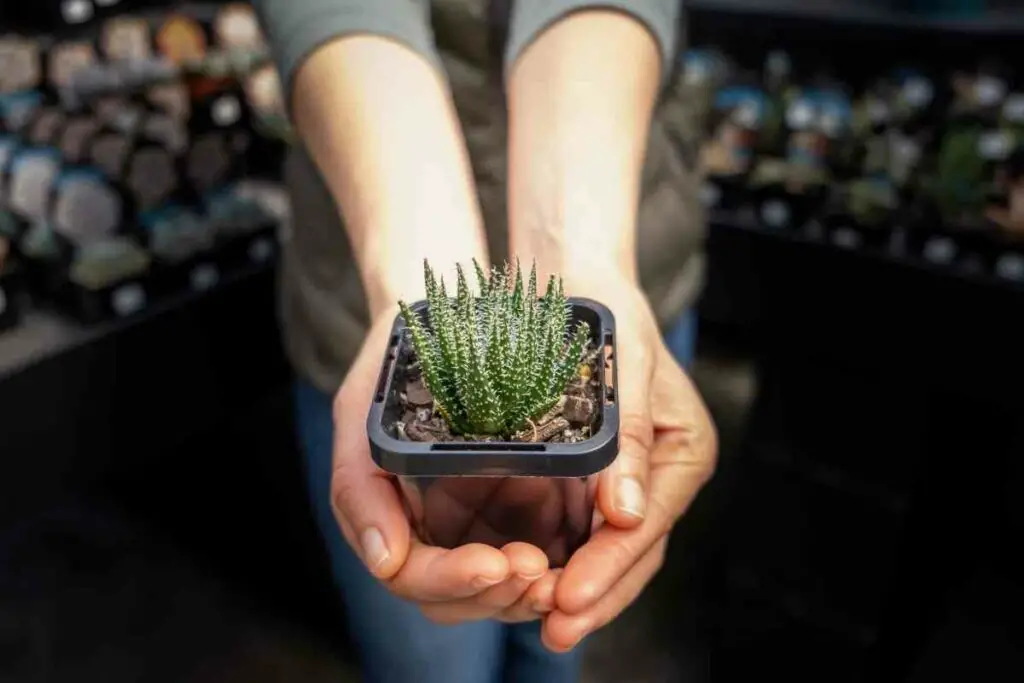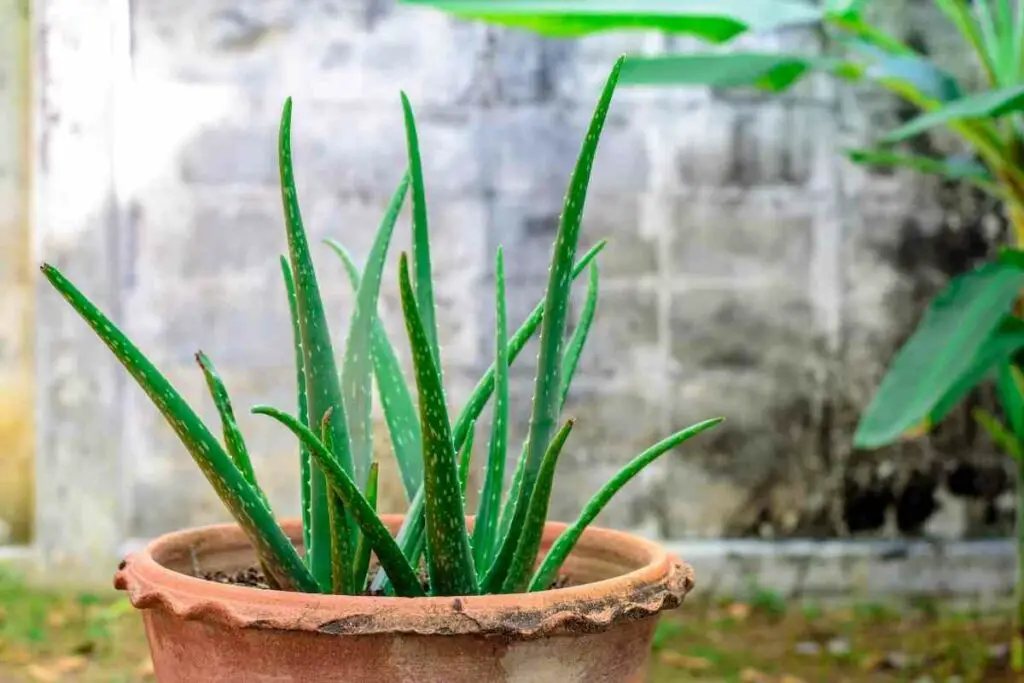Succulents naturally thrive in dry arid regions.
For this reason, succulent plants tend to adapt to these conditions by storing their water in leaves, stems, and roots.
These plants have a water-storing limit which is usually about ¼ a cup every week. If this limit is exceeded the plant will start to and slowly die.
Nonetheless, the limit is not definite and depends on seasons, types of succulents’ sun, and draining systems of the soil or the pot where they are planted.
It is possible to save an overwatered succulent depending on the extent of damage to the plant. Early-stage overwatering can easily be reversed. However, if the root rot has metastasized to the leaves it is almost impossible to save it.
How to Save an Overwatered Succulent?
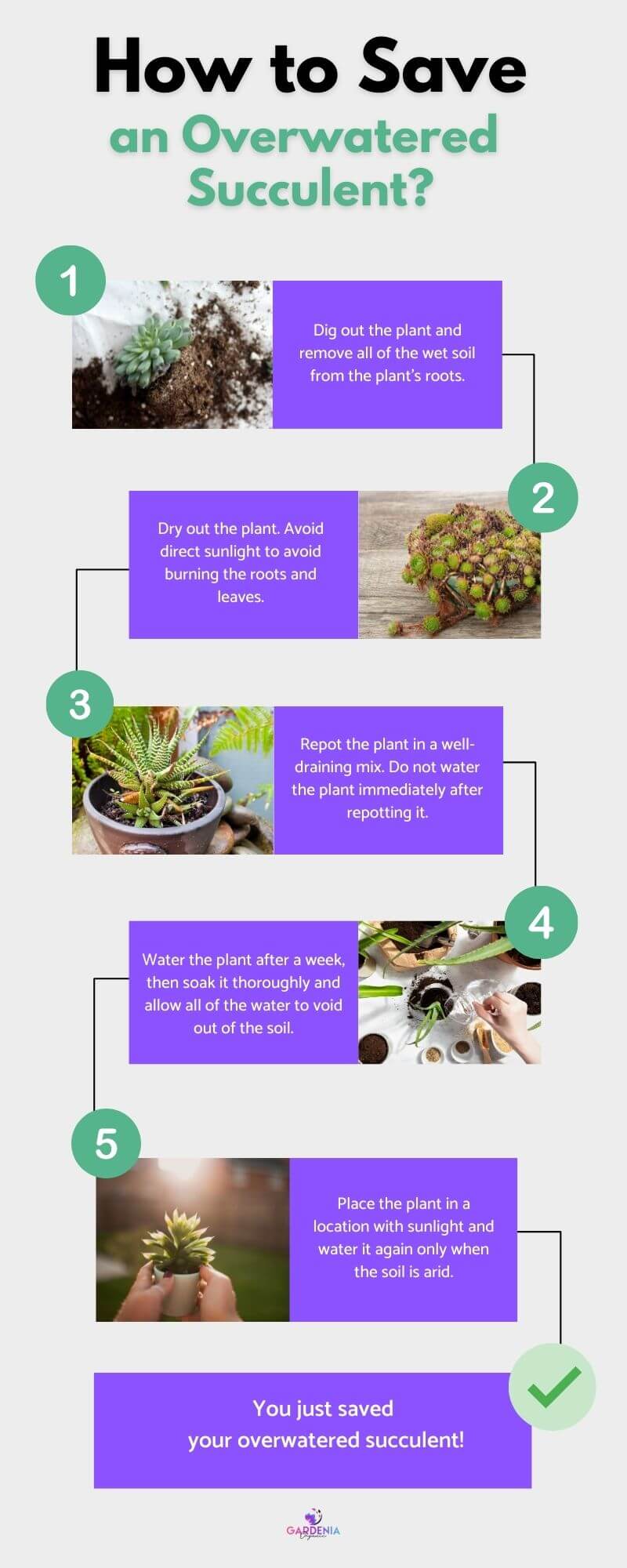
It is important to be certain if a succulent is overwatered before saving it.
How to identify an overwatered succulent:
- The leaves’ color is lighter than a regular plant or translucent in color.
- The plant looks sick overall
- The plant’s leaves are soft, wrinkled, and moist.
- Stems tend to rot and turn black and brown.
Examination of the Succulent Rot Damage
It is crucial to identify what type of rotting occurred on the succulent.
You can diagnose by digging up the succulent. The succulents can still survive after digging it up.
If the root is healthy and there is no damage, then the root has not undergone rotting.
Rotting occurs in three types:
- Leaf rot – Leaves absorb too much water, turn brown and start to feel soft and limp.
- Stem rot – Coloration occurs from inside the stem.
- Root rot – The roots get damaged. This can cause the plant to wilt up as water and nutrient intake are stopped. This makes the succulent look like it’s underwatered, yet the issue is overwatering.
How to Save an Overwatered Succulent Leaf?
Monitor the extent of the rot. If the decay isn’t too bad, it is possible to save some parts of the plant.
Remove any rotting and rotten leaves and save as many leaves as you can; make sure you get rid of the entire leaf. It is not possible to save a broken leaf.
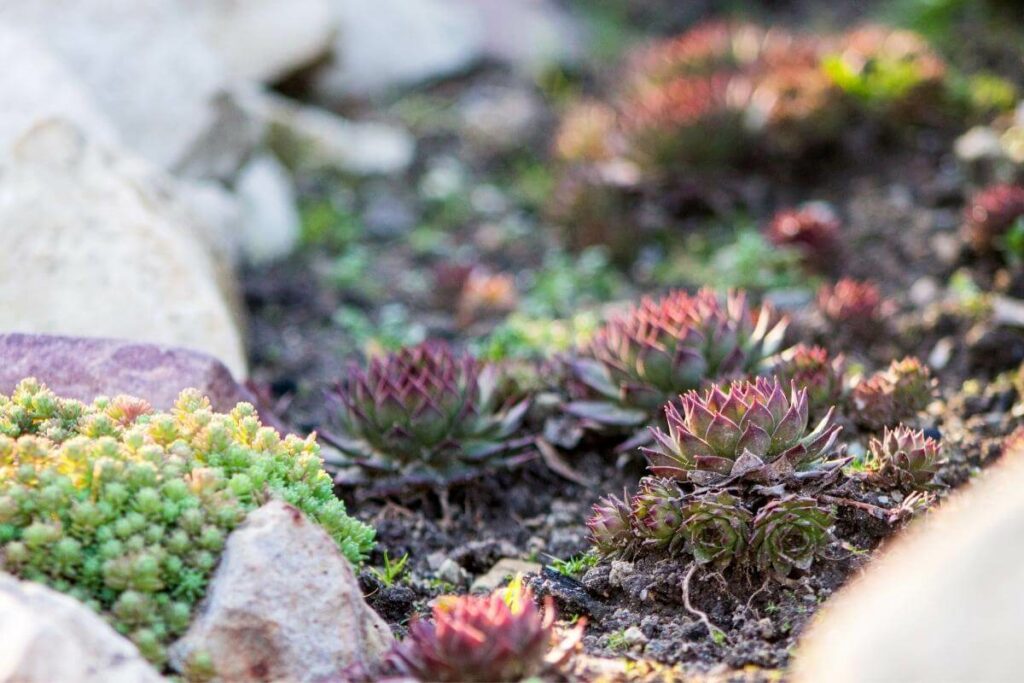
Allow the leaves to dry for a few days away from direct sunlight. Place the leaf somewhere bright and dry.
Prepare a well-draining potting mix, lay the leaves flat on the soil, or plant the ends in the soil once the leaves have dried.
From Experience: Please keep away from direct sunlight and moisten the soil every few days or whenever it feels dry. Wait for roots to form and new plants to sprout.
How to Save a Succulent Stem from Rotting?
Inspect the stem, including the roots, for rotting areas.
You should save any green or usable stem parts. When you cut the stem, you’ll be able to tell if it’s feasible or not.
If the inside of the stem has gentle green parts rather than brown or black, these have a better chance of survival and can be proliferated to start a new plant.
Saved stems should be stored in a dry place and away from direct sunlight. Allow it to dry for a few days until all cuts have hardened and sealed.
You can immerse the stems in the rooting hormone. Rooting hormones help to increase the growth rate and increase the speed of the propagation process.
When the stems are dry, you can place them in well-drained potting soil.
Every few days, moisten the soil or whenever it feels dry. To prevent sun damage, keep plants out of direct sunlight until they are fully rooted.
How to Save a Succulent Root from Rotting?
The roots are an essential part of the manufactory because they absorb water and nutrients.
Once you dig out the plant and minimize the damage, you can take it out of the pot, squeeze out any extra water, and then leave the plant out of the pot for two days to dry.
Drying the soils prevents the root rot from spreading further. If the root rot is severe, you must remove the plant from the pot.
Remove the rotted roots and rinse the plant root to remove excess soil. Removal of the excess soils is essential because the soil may contain fungi.
How to dry excess water in succulent plants:
- Increase the amount of light your plant receives.
- Remove any excess water from the plant that may be sitting on. You can do this by drilling holes in the pot or container.
- Use a newspaper to absorb excess water by removing the plant from its original pot and placing it on top of a newspaper.
Overwatering Control Routine
Keep Control of How Much Water You’re Giving Your Plants
There are different ways to check how much water you are feeding your plants.
For instance:
- You can use tools like measuring cups and moisture meters.
- You can also check the moisture of the soil by inserting fingers into the soil.
If the soil feels moist, then don’t water. Plants that are in their growth period need more water than plants that are in their dormancy period.
Also, set a watering routine for your succulents. Most potted succulents should be watered once a week, depending on the temperature of the area.
To prevent overwatering you can also use a spray bottle. Spraying the succulents is a positive way to help the succulents grow.
Be Careful: The water should not get logged into the leaves and stems when spraying the succulents to avoid rotting. It is advised to spray water on the soil away from the stems and leaves.
Use of Good Drainage Soils
Succulent plants need soils that drain fast to avoid the roots sitting on wet soils for a long time.
It is recommended to use succulent soils combined with some perlite for proper drainage.
Keep the Airflow in Check
Ensure there is better airflow to your succulents to prevent overwatering; better airflow aids in lowering the humidity in moist conditions.
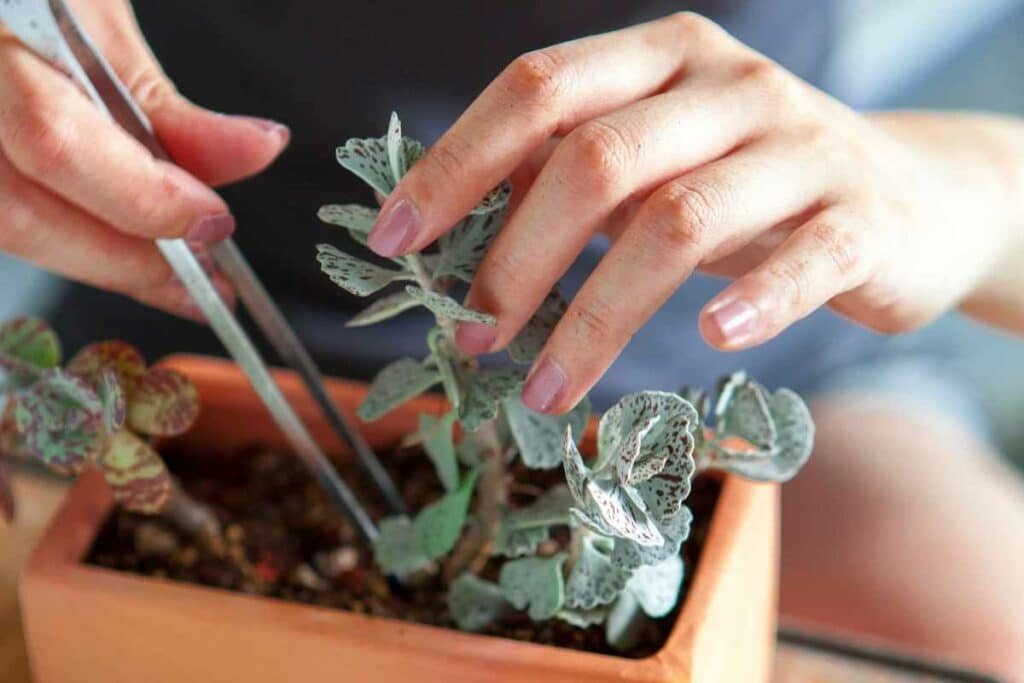
You can promote air circulations by placing your succulents outdoors with enough space between them about 3 to 5 inches apart.
Take Note of Dormancy
It is essential to know when the succulents are in their dormancy period.
Succulents go into a dormant period during cold weather.
In this period, the plant growth will be very slow and doesn’t need much water as opposed to its growing period.
Final Thoughts
You should treat succulent plants with care for them to grow unhindered.
Succulents that are grown in a potting mix require more maintenance compared to succulents that are gardened.
Therefore, it is vital to keep track of watering routines as too little or too much watering can damage the succulents.
If your succulent is unable to recover from its condition, propagation is the last resort. Cut a few healthy surviving leaves from the base or stem or pick full and plump leaves and allow the ends to dry for about a week.
Plant the succulents in a well-drained potting mix and water them on a regular basis to promote root growth.
